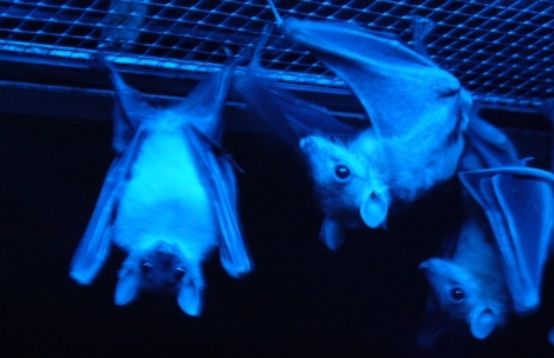What humans can learn from bats
Neurobiologists at Ludwig-Maximilians-Universität München (LMU) have shown that even people with average vision can learn the ability to "see" spaces with the help of acoustic signals.

Researchers led by Professor Lutz Wiegrebe from the Department of Neurobiology at the LMU Faculty of Biology have developed a new technique for training echolocation with test participants.
Using a headset consisting of a microphone and headphones, they create a virtual space: the microphone picks up clicking noises that the participants make with their tongues. Depending on where they are in the virtual room, the echo of the sounds changes. This suggests a certain position in the room.
The auditory system of sighted people normally tries to block out echoes and perceive sounds independently of the room. This allows sound sources, such as the other person speaking, to be better perceived.
With their work, the researchers were able to show that this echo suppression can be functionally inverted by training echolocation. After several weeks of training, the participants were able to locate echoes quite well.
Lutz Wiegrebe and his colleagues will conduct further experiments to find out how well echolocation can work in humans. They are currently investigating how the coordination of self-motion and echolocation enables echo-acoustic orientation and navigation in space.
Original article: Ludwig Wallmeier, Nikodemus Geßele, Lutz Wiegrebe:
Echolocation vs. echo suppression in humans, Published August 28, 2013 doi: 10.1098/rspb.2013.1428 Proc. R. Soc. B October 22, 2013 vol. 280 no. 1769 20131428







